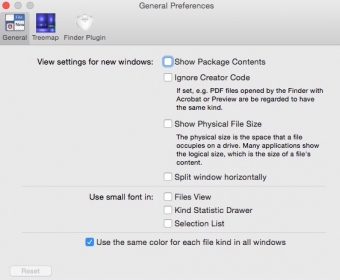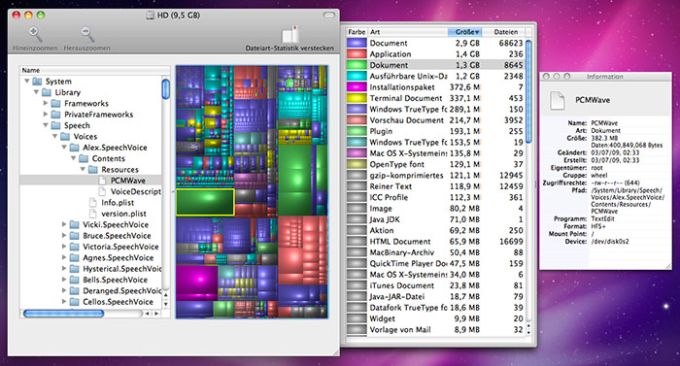

However, be careful if you are still running very old versions of their apps such as early versions of Pages and Numbers as some of these are 32-bit. You bought a 32-bit app you should still be able to download it (on a version of macOS that supports it) but no new purchases will be allowed and they will not show up in searches.Īs of 15th November 2018 all of Apple's current applications on the Mac App Store are now 64-bit including Compressor. At some point apps that are still 32-bit and that have not been updated will be removed from the Mac App Store. Any submissions that don't meet these requirements will be rejected. From January 2018 all new apps submitted to the Mac App Store will have to be 64-bit and from June 2018, both new apps and app updates macOS 10.13 and 10.14 (due autumn/fall 2018) just warn users every time you open a 32-bit application whereas macOS 10.15 (due autumn/fall 2019) will be the first version to not support 32-bit apps at all.Īpple has already begun preparations to prune the Mac App Store. 32-Bit ApplicationsĪpple confirmed at their 2018 World Wide Developer Conference (WWDC) that all future versions of macOS from 10.15 onwards would stop supporting 32-bit applications. This article has information about this, how it might impact you and includes a list of known 32-bit applications. This drives me insane, System Preferences > Mission Control untick Automatically rearrange Spaces based on recent use Change OSX Screenshot Location defaults write 32-Bit Applications Unsupported With macOS 10.15 And Later Article ID = 186Īrticle Title = macOS 32-Bit Applications Unsupported With macOS 10.15 And LaterĪpple stated at their 2017 World Wide Developer Conference (WWDC) that a future version of macOS would stop supporting 32-bit applications i.e.



Open Alfred and change it to CMD+SPACE Disable “Automatically rearrange Spaces” Swap spotlight for Alfred - shortcut key.įirst go to Settings > Spotlight and untick “Spotlight search keyboard shortcut: CMD + SPACE” Trim Enabler (only needed for after market SSD’s).Home Brew - It’s self contained, easy to null should you need to.Disk Inventory X (for when du -h doesn’t cut it).Install the following via brew: nmap vim netcat gitĬopy. macĬlose and reopen terminal, re-run gem install jekyll - the gems should build fine, DO NOT USE sudo.Ĭd into your jekyll dir and run “jekyll serve” You don’t have write permissions for the /library/ruby/gems/2.0.0 directory. Install command line tools when prompted. #Install Brew Setup home brew ruby -e " $(curl -fsSL ) " Terminal > Preferences > Text adjust font size. Show file extensions on Mac OS X, open Finder: Preferences > Advanced tick Show all filename extensions, I also untick Show warnnig before changing an extensionĭelete all unused apps / icons from dock. Open Finder, press CMD+k and enter the path of your smb smb:// or cifs cifs:// server. If I don’t do this, my cifs mounts show as a single drive - if you have none browsable cifs mounts then this can become a pain. #Create symlink for /Volumes ln -s /Volumes/ ~/Desktop/Volumes/ The path will render at the bottom of the Finder window. Open: System Preferences > Trackpad click click in bottom right corner under Secondary Click. Open: System Preferences > Dock click Left. Just for fun, here is my list of post install config changes plus list of apps I install after installing Mac OS X


 0 kommentar(er)
0 kommentar(er)
